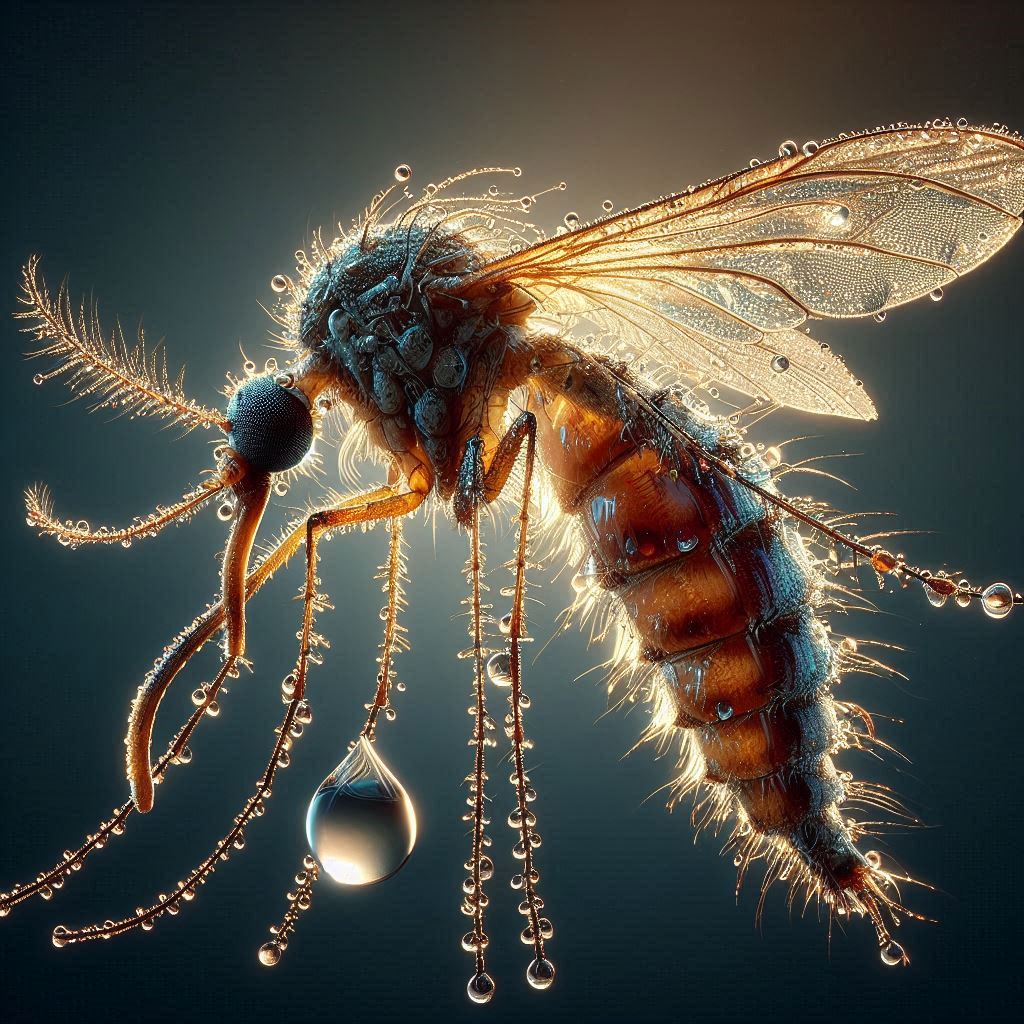Mosquitoes, often overlooked in Hong Kong’s urban landscape, silently carry the burden of infectious diseases that pose a significant threat to public health. Understanding the key mosquito species and the diseases they transmit is crucial for implementing effective prevention and control strategies. In this essay, we will explore the significant mosquito species found in Hong Kong, their impact on public health, and highlight the importance of proactive measures to combat mosquito-borne diseases.
Aedes albopictus
The first prominent mosquito species in Hong Kong is the Aedes albopictus, commonly known as the Asian tiger mosquito. Recognizable by its striking black and white stripes, this species thrives in urban environments and relies on stagnant water sources like flowerpots, discarded tires, and containers to breed. Aedes albopictus is responsible for transmitting several infectious diseases, including Dengue fever, Chikungunya, and Zika virus. These diseases can cause a range of symptoms, from high fever and severe headaches to joint pain, rash, birth defects in infants, and neurological complications in adults. Preventive measures that can be implemented include source reduction to eliminate breeding sites, use of insect repellents, and community awareness campaigns to promote protective behaviors.

Culex quinquefasciatus
The second important mosquito species in Hong Kong is the Culex quinquefasciatus, commonly known as the southern house mosquito. This species is widespread and commonly breeds in urban settings, particularly in areas with inadequate sanitation. Culex quinquefasciatus is responsible for transmitting diseases such as West Nile virus and filariasis. West Nile virus can cause severe neurological diseases like meningitis and encephalitis, while filariasis leads to lymphedema and severe impairment of the lymphatic system. Effective control of Culex quinquefasciatus can be achieved by eliminating breeding sites, practicing good sanitation, and using mosquito nets or screens to prevent mosquito bites.

Anopheles sinensis
The third significant mosquito species in Hong Kong is the Anopheles sinensis, a primary vector of malaria. These mosquitoes thrive in rural areas near freshwater sources such as paddy fields and stagnant pools. Although local transmission of malaria in Hong Kong is currently controlled, vigilance is necessary to prevent potential outbreaks. Malaria, caused by Plasmodium parasites, presents with symptoms like high fever, chills, and flu-like illness. Prevention strategies include the use of insecticide-treated bed nets, indoor residual spraying, and early diagnosis and treatment of infected individuals.

Conclusion
Mosquito-borne diseases continue to pose a significant public health challenge in Hong Kong. A proactive approach involving public education, habitat management, and effective mosquito control measures is crucial to mitigate the threat of these diseases. By understanding the mosquito species prevalent in Hong Kong and their associated infectious diseases, we can prioritize targeted interventions aimed at reducing mosquito populations and protecting the community’s well-being. It is only through a collaborative effort that we can strive towards a healthier and safer Hong Kong, free from the burden of mosquito-borne illnesses.

